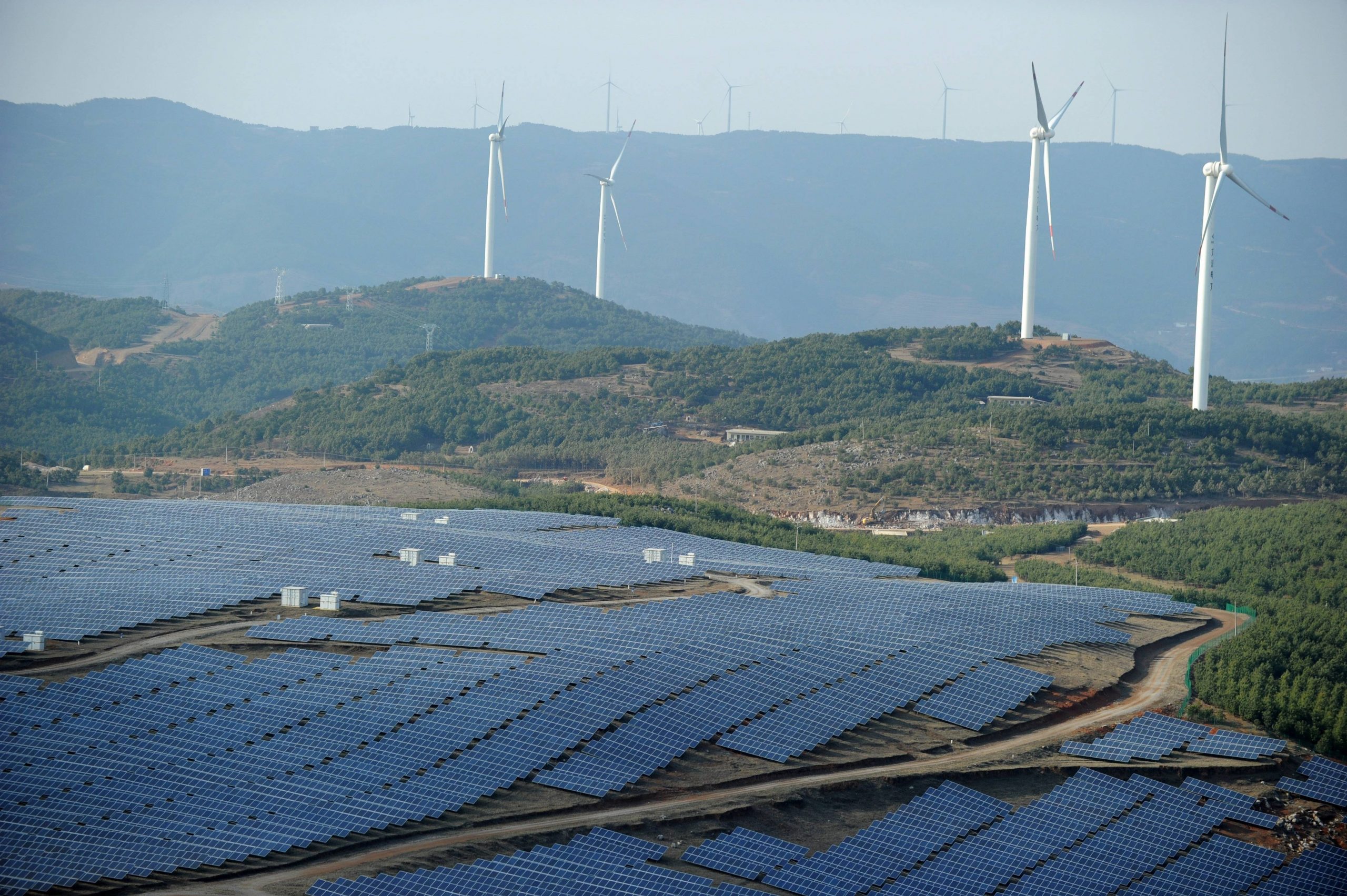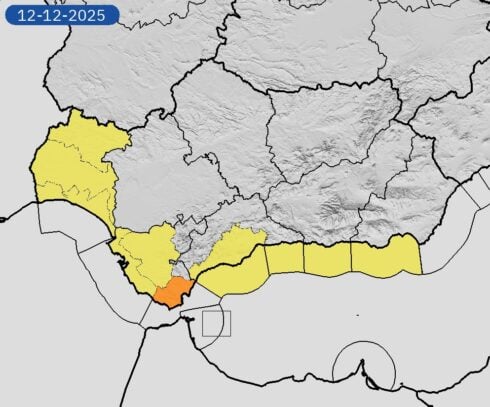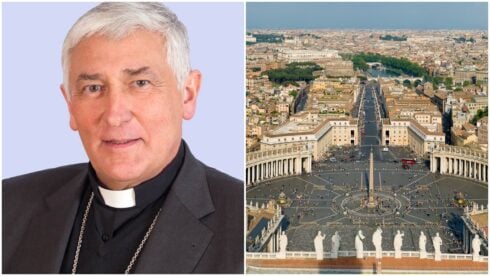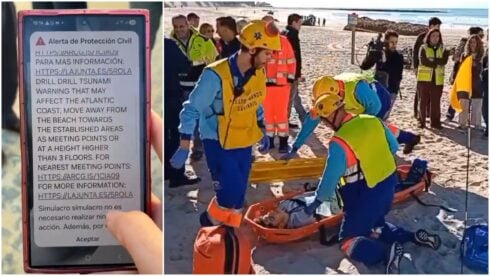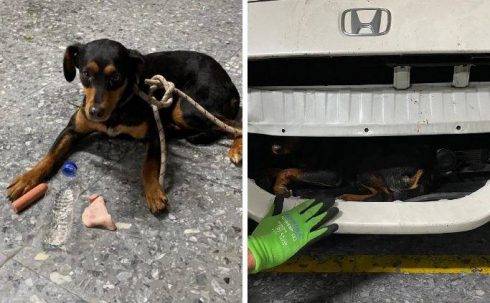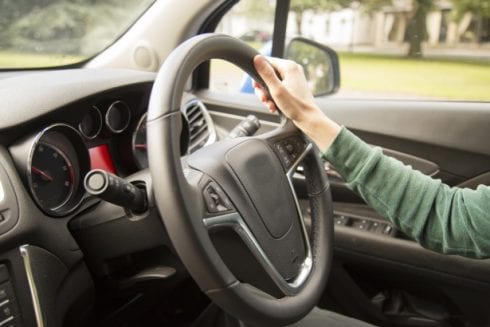LESS than an hour’s drive from the built up concrete strip of the Costa del Sol, the picture postcard white-washed village of Gaucin tumbles down a cleft of the celebrated Serrania de Ronda, topped by a Moorish castle and with unrivalled views across rolling hills to the Rock of Gibraltar and on most days, Africa beyond.
Vultures soar overhead while the wooded hills and countryside below is a haven for wildlife. The area has long been a favourite with discerning foreigners – including British supermarket chain billionaire Lord Sainsbury – who have bought up and converted old farmhouses and fincas into some of the most desirable property Andalucia has to offer.
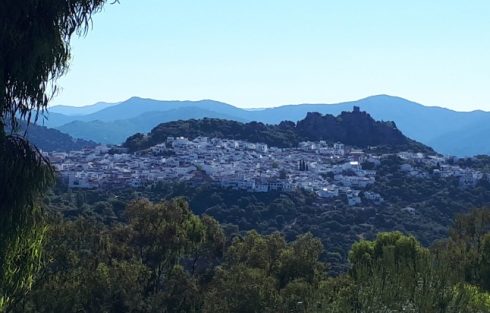
But there is trouble in paradise because the abundance of sunshine and unspoilt landscape also makes it attractive for an entirely different type of investment.
Plans have been unveiled for a series of mega photovoltaic plants that will carpet 2, 200 hectares – the equivalent of 3,500 football fields – with solar panels up to 20 feet tall in this stunning, evocative valley alone.
Similar mega parks are proposed for neighbouring valleys (around half a dozen) as Spain attempts to meet its commitment to provide 39 GW of photovoltaic energy by 2030 up from the 9 GW it already has installed.

It seems that one of Spain’s most evocative and celebrated mountain regions – an area long-gushed about by travel writers, including Washington Irving and Laurie Lee – is about to be sacrificed for the barons and bureaucrats of northern Europe.
While 19th century Romantic writer Richard Ford wrote that Gaucin was one of ‘the most romantically situated’ places he had visited, an Olive Press source told us this week that Spain was being targeted to ‘energize northern Europe’ whatever the cost.
Now residents, including hundreds of expats, are launching a furious defence of their tranquil surroundings in a bid to stop the project which they fear will ruin the delicate biodiversity of the region and put an end to the sustainable tourism that has become a lifeblood for the region.
Their objections range from a desire to preserve an ecological system that is home to endangered species and serves as an important corridor for migrating birds, to protecting rural tourism that relies on unspoilt countryside and the most beautiful views Spain has to offer.
“We absolutely aren’t against green energy,” insists Hughie Arbuthnott, a Brit who has lived in Gaucin since childhood, whose two young girls are at the local school and who runs holidays with his wife Clare offering hiking, birding and horse-riding through the local hills.
“We just want to make sure that any project is properly thought out, that the environmental impact is properly considered. Because there is only one chance to do this, and we need to do it right.”
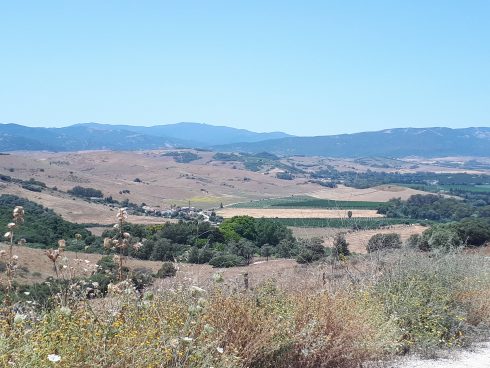
He is just one among dozens of foreign residents who are waking up to plans that have the potential to ruin this unspoilt corner of Spain.
Caroline Guillick, 58, a keen birder and horsewoman who lives in nearby village, San Pablo de Buceite, and regularly rides backwater trials through the Guadiaro valley which will be wiped out under the proposed plans.
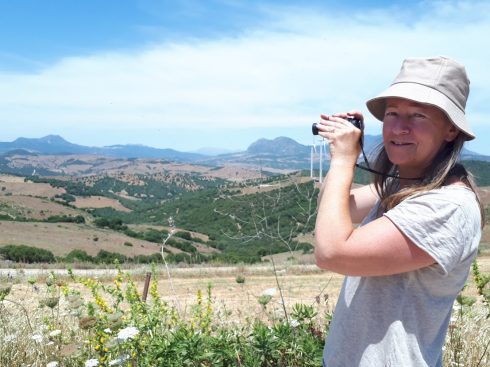
“This is an area rich in biodiversity, with wild flowers that provide essential habitat on the route of migratory birds like Egyptian vultures, swallows, and eagles,” she says, stopping to point out a Black-shouldered Kite soaring above the butterflies in a pasture filled with wildflowers.
“There are no proper studies being done to discover the impact a massive solar project will have, and that is what we are fighting for,” explains the Brit who has joined SOS Campiña Jimena to rally local residents across the affected villages.
The group, of mostly Spaniards, claims the projects threaten dozens of archaeological ruins scattered across the valley from ancient, unexcavated Roman villas to priceless paleolithic sites.
Jean Brown Sassoon, a British resident of Jimena for over 40 years has spent countless days roaming this landscape seeking out archaeological treasures.
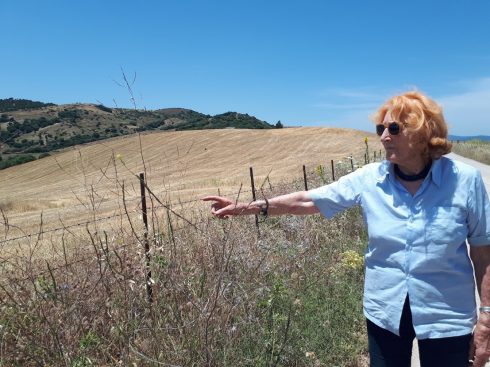
“There is just so much here that hasn’t been charted,” says the spritely 94-year-old who as a young woman was the first woman to be employed in the antiquities department at the British Museum in London.
“To think that all this will be carpeted over in solar panels,” she gestures with a sweeping arm across a landscape where the ancient stones of a Roman road are still visible.
While some farmers have already said they are happy to lease their land for the project, others are dead against it.
Take Cristobal, as an example. His family has grazed cattle on the pastures around Jimena for centuries. He insists it is a false economy. “They promise big bucks and people will take it, but then what will they have? Our livelihood will be ruined and in 20 years when the lease expires, there will be nothing but desert left. What will we leave for future generations?”
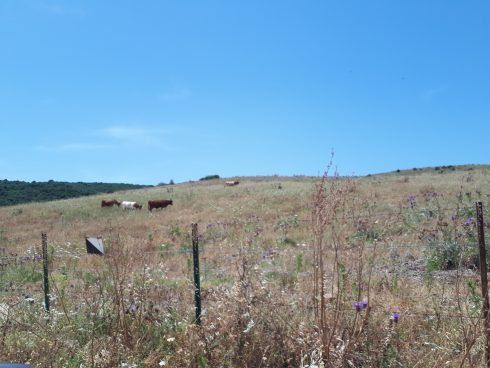
The mayor of Gaucin told the Olive Press he is preparing to fight the project.
In the first official interview on the project, Pedro Godino Martin, who has been the Popular Party mayor in Gaucin since 2011, admitted: “The first thought is, oh yes this could be an interesting project, you think it’s clean energy, alternative, green…”
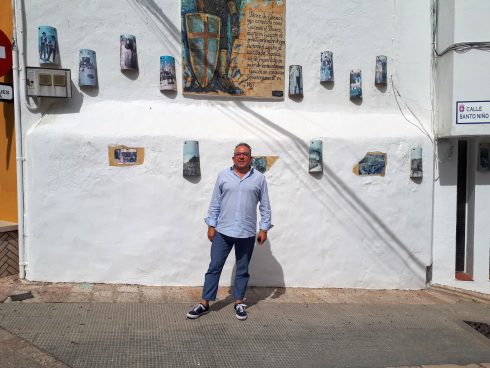
Speaking in his town hall office, he added: “And I’m not against photovoltaics at all, in fact last year we installed panels on the roof of the school, atop the medical centre and on the water plant. The idea of generating your own electricity is a good one. We want to encourage sustainability.
“But this crazy idea of a macro project, a mega park that covers the countryside in panels, which is going to have an impact on the whole area. Absolutely not!”
He is also the first to admit that the town is heavily reliant on tourism (a key driver for the local economy) and the views it offers are one of its great selling points. Labeled as ‘the Balcony of the Serrania de Ronda’ the town attracts big-spending tourists.
“The entire industry is based on tourism, the holiday rentals and the visitors of course but also the residential tourism that comes with high purchasing power. It fuels construction, the service industry in the town. It’s all wrapped up in the unspoilt location.”
“People buy property here, they build or refurbish houses. But if this sort of project is installed, these people will leave and others will come, take one look and not come back.”
“They are selling us the idea that this type of project provides employment, but it doesn’t. They’ll use people they need to set it up but when it’s up and running it just requires two or three to keep it going and that’s it.”
The mayor admits though that it is not an easy fight: “We can’t just say no for the sake of not wanting it. Under the current regulations the land they have earmarked for the project is compatible from an urban planning point of view. We have to study the environmental impact to try and save the situation, and that is what we are working on.”
Some residents fear that the project heralds the start of a scheme that will see much of Spain’s brownfield sites – which includes these sort of ancient pastures – paved over in solar farms as energy companies clamour to buy up the best sites.
“It’s happening by stealth, with a small project here and another in the next town but before you know it they will all be linked up together with power lines criss-crossing southern Spain,” said one British resident in Gaucin.
“There is a very real fear that Spain is being carved up by energy companies in a speculation frenzy. It’s colonization of the sunny south to fuel northern Europe.”
In fact four projects are currently planned within the neighbouring municipalities of Gaucin, Jimena de la Frontera, San Martín del Tesorillo and Casares, which totals over 2,200 hectares.
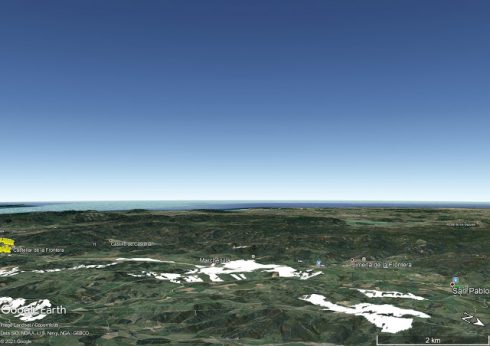
The Silvema Ecologistas en Acción association says it is aware that there are currently 53 projects of this type on the table in the region including Cañete La Real, Almargen, Teba and Cuevas del Becerro, and mega parks planned in the Guadalhorce valley affecting Coin as well as Antequera.
“There is no regulation and no restriction from the Junta de Andalucía or the government in Madrid,” the group warns.
Alberto Saro is leading the campaign to stop the project galvanizing villagers across the valley from farmers who will see their crops and grazing destroyed to foreign residents who have made this beautiful corner of Spain their home.
“Our position is very simple: we are in favour of renewable energy, but we are totally against the fact that there is no legislative framework to regulate this macro-project, explains the 60-year-old president of SOS Campina Jimena.
“Just last month Pedro Sanchez pledged to invest almost €10 million for the repopulation of the villages, but this sort of project is not going to do that, in fact quite the opposite.
“We also know that when such projects are implemented there is also an economic effect on real estate values. Who wants to buy a house when your view is going to be a sea of mirrors?”
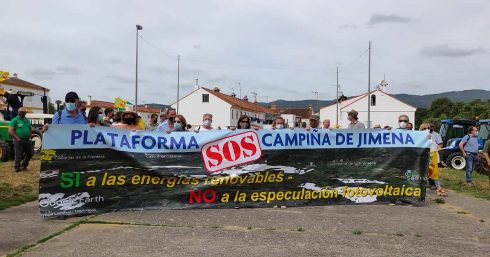
Main Objections:
Destruction of landscape: An area valued for its views and unspoilt countryside serves as a tourist attraction and makes property desirable. A recent study by the University of Granada suggests large energy infrastructures would decrease the value of homes by 34.7% and would have a very negative impact on rural tourism.
Loss of jobs: Traditional farming of the region such as grazing livestock, beekeeping, hunting, rural and residential tourism, catering and accommodation, all of which rely on the current landscape to provide employment.
Loss of habitat: The area is an essential stop of point for migratory birds that rest and feed there after crossing the Strait of Gibraltar, recovering strength and energy to continue their journey.
Water: To keep the panels clean and dust free they must be cleaned at least three times a year, with a litre required for every square meter of photovoltaic surface each time. For example 2,700 hectares would require 80 million litres of water a year. If Spain meets it solar power targets by 2030 that means about 2 billion litres of water per year in all of Spain.
Archaeology: Dozens of unexcavated sites still remain scattered across the hills and valleys in the zone and could concreted over to build the megaparks
More information:
Join SOS Campino de Jimena for updates, sign the petition and attend local town hall meetings.
Additional reporting by Elena Gocmen Rueda
READ ALSO:
- Protests mount against mega solar farm plans for Spain’s Costa del Sol
- SOLAR WARS: Protest against massive 900 hectare ‘environmentally friendly’ power plant in Southern Spain
Click here to read more News from The Olive Press.

